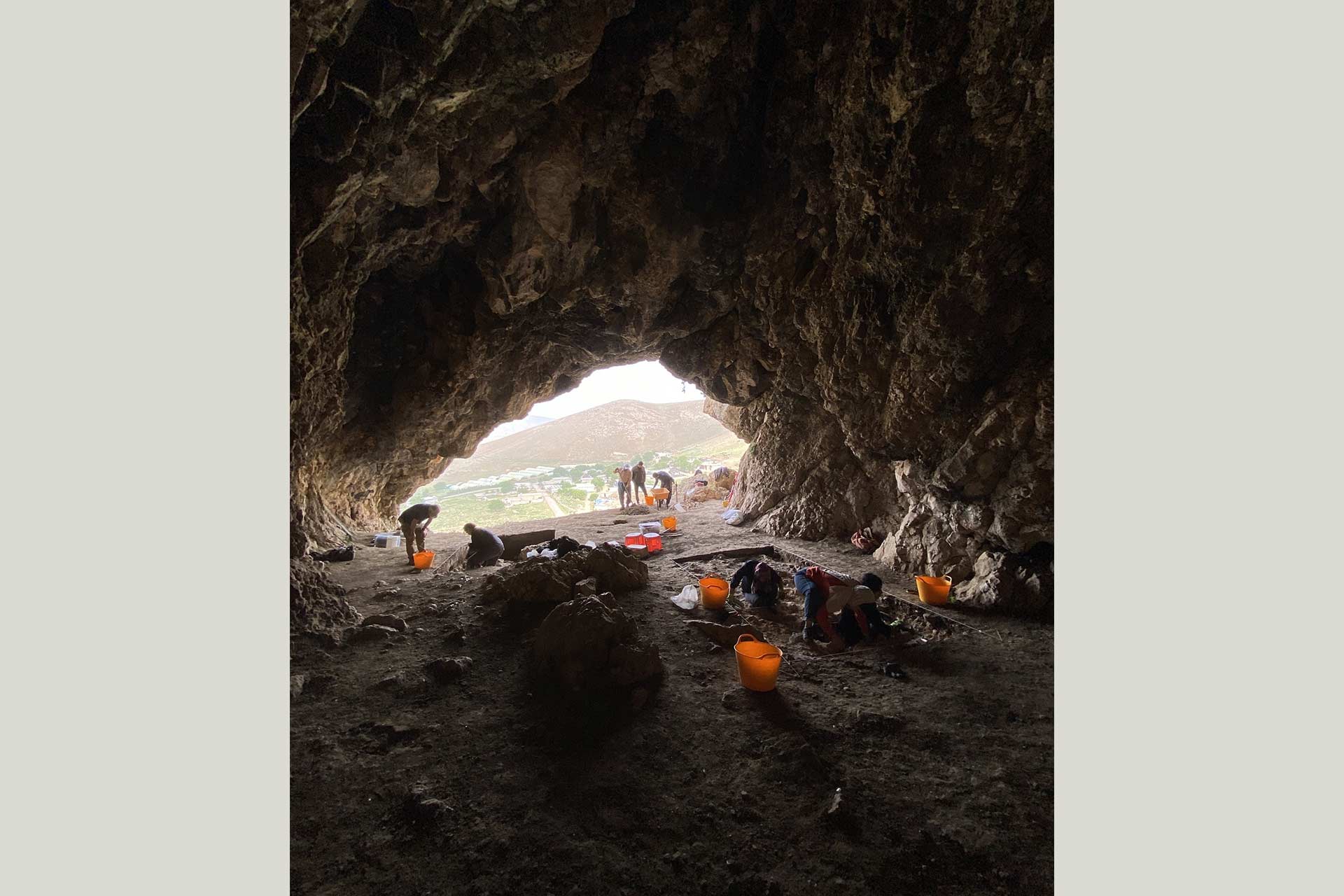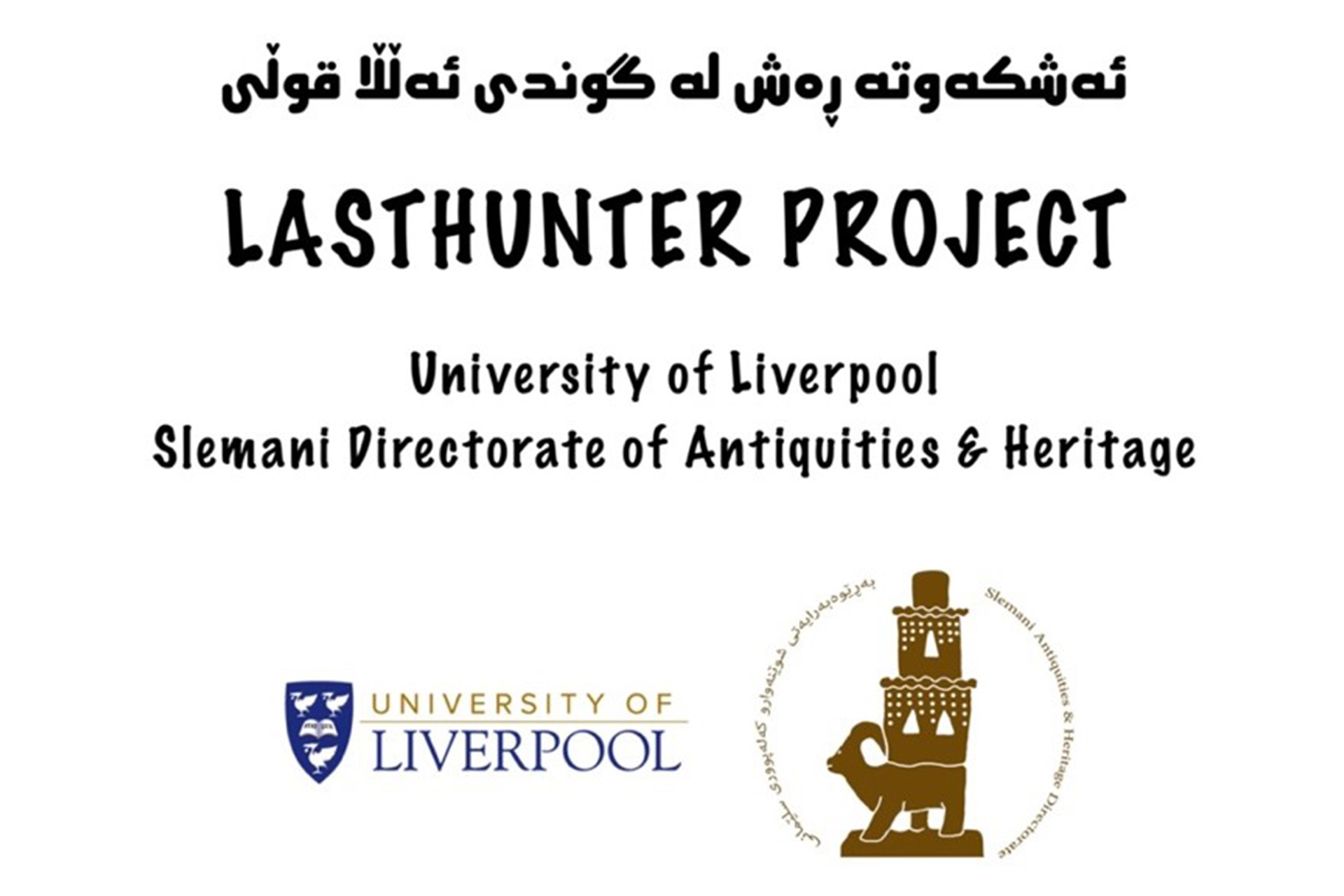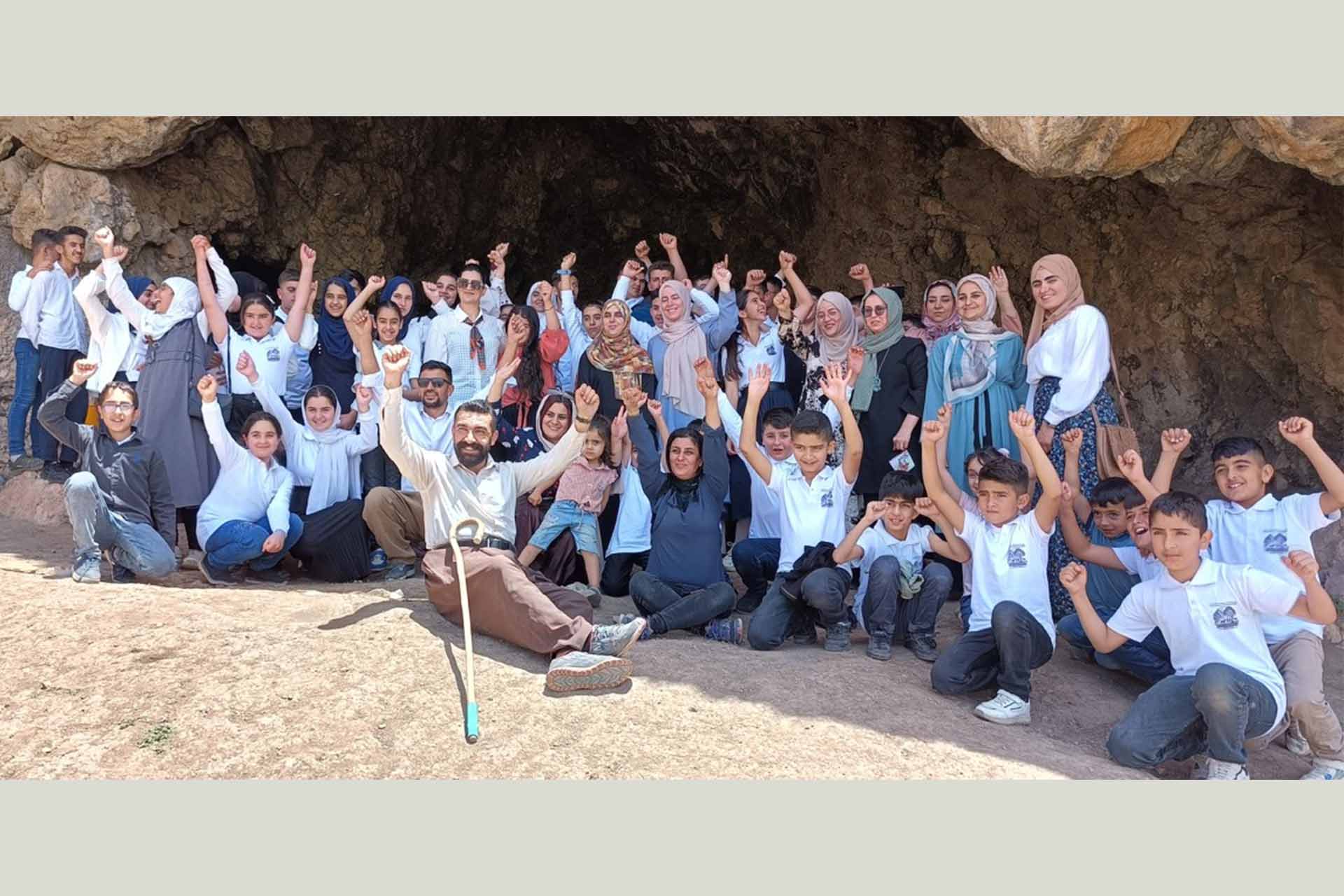The Last Hunters of the Eastern Fertile Crescent (LASTHUNTER)
The LASTHUNTER project investigates the lifeways, palaeoenvironments and chronology of prehistoric hunter-gatherer habitations in the Zagros mountains of the Kurdistan Region of Iraq at the end of the last Ice Age.
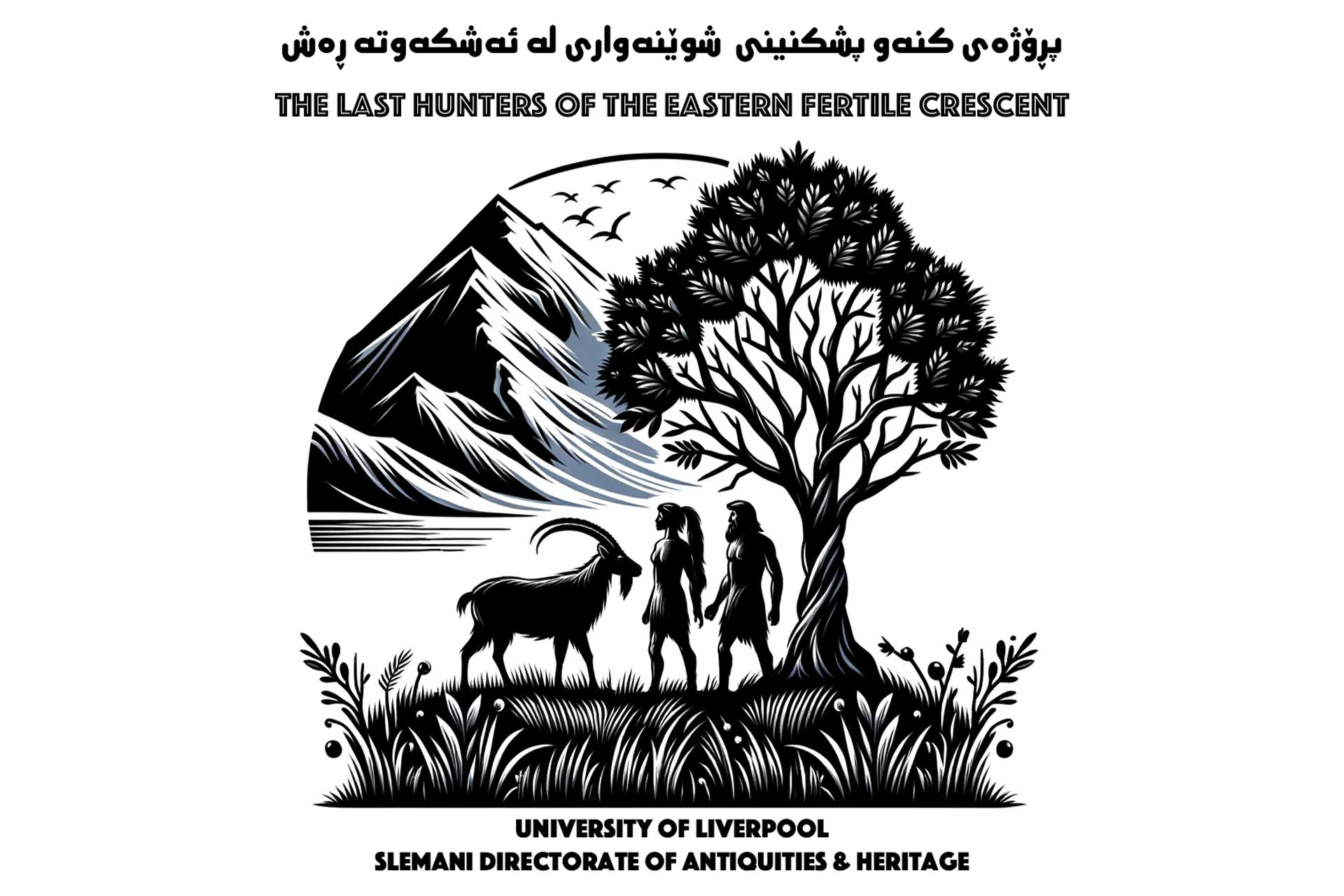
Almost a century on from the first archaeological expeditions exploring the early prehistory of the northern Zagros, little is still known about the last hunter-gatherer societies of this region and their involvement in the transition from foraging to farming in the Eastern Fertile Crescent of Southwest Asia.
The LASTHUNTER project aims to fill this gap through the survey, excavation and scientific analyses of late Palaeolithic and early Neolithic sites in the Sulaymaniyah province of the Kurdistan Region of Iraq. Its main objective is to explore the nature, seasonality and diversity of hunter-gatherer habitation and lifeways in the Iraqi Zagros and how they changed in response to global climate change during the Pleistocene-Holocene transition 25,000-11,000 years ago.
Starting in 2023 our project team, comprising archaeologists from the University of Liverpool, University College London and the Slemani Directorate of Antiquities & Heritage, has conducted excavations and survey at 2 sites: Ashkawta Rash, a Palaeolithic cave site located c. 35 km north-west of the city of Sulaymaniyah in foothill zone, and Kharaba Qara Chewar, an open site located c. 42 km south-west of the famous Neolithic site of Jarmo in the Zagros piedmont zone. Our fieldwork is conducted with a permit issued by the KRG General Directorate of Antiquities & Heritage in Erbil.
Ashkawta Rash Cave
Our excavations in 2023 and 2024 have revealed evidence of habitation dating from the Epipalaeolithic period, based on the knapped stone tools which display clear affinities with the lithic assemblages known from neighbouring Palegawra cave. Previous work by our team at neighbouring Palegawra Cave (excavated in 2016-2017; published by Asouti et al. 2020) has established its chronology, based on radiocarbon dates, between c. 19,600 and 13,200 years ago. Ground stone was regularly found, which appears to be more diverse and carefully worked than comparable finds from our excavations at Palegawra. Notable is also the presence of grinding slabs, which were not present in the Palegawra ground stone assemblage.
Drone and ground views of Ashkawta Rash cave:
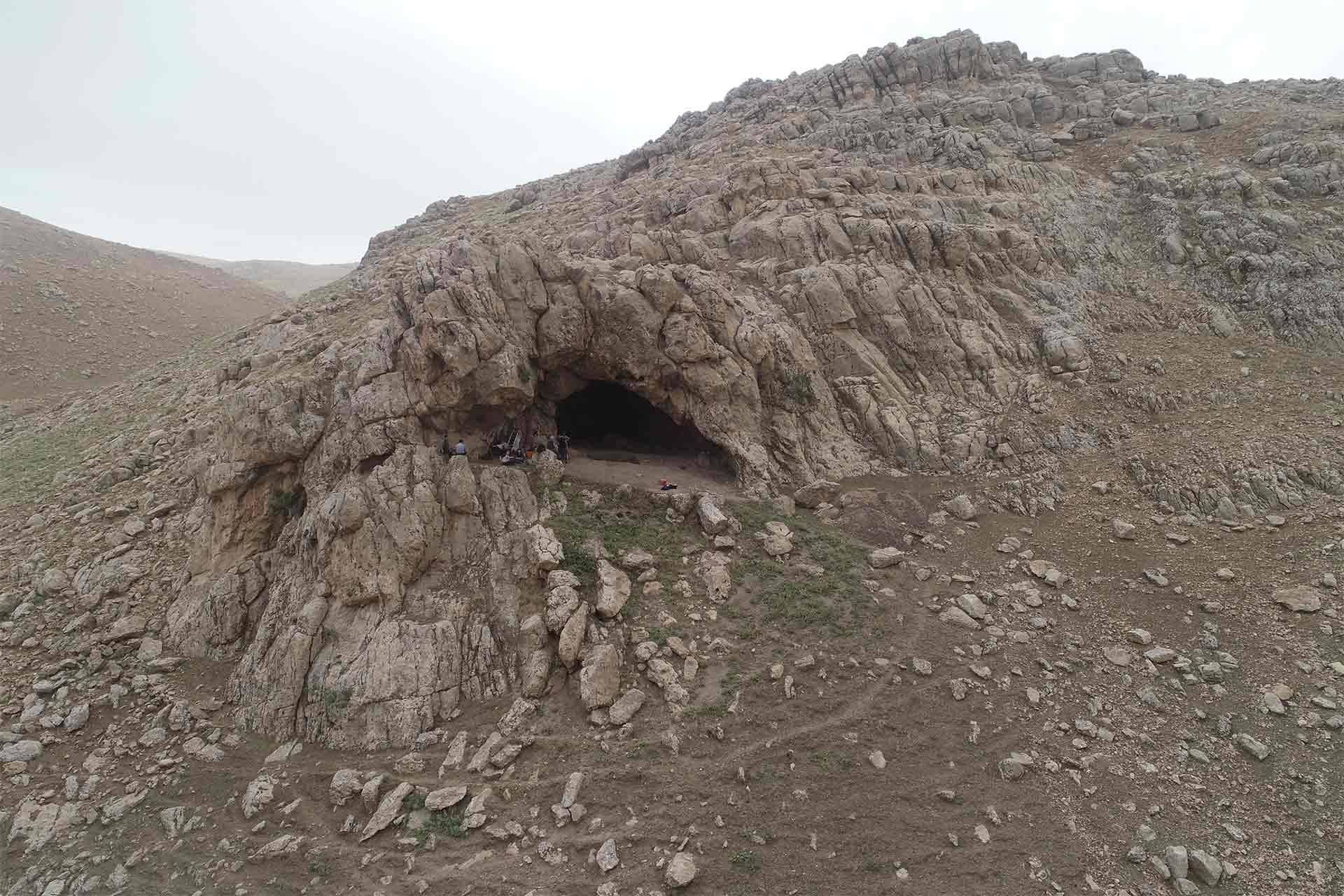
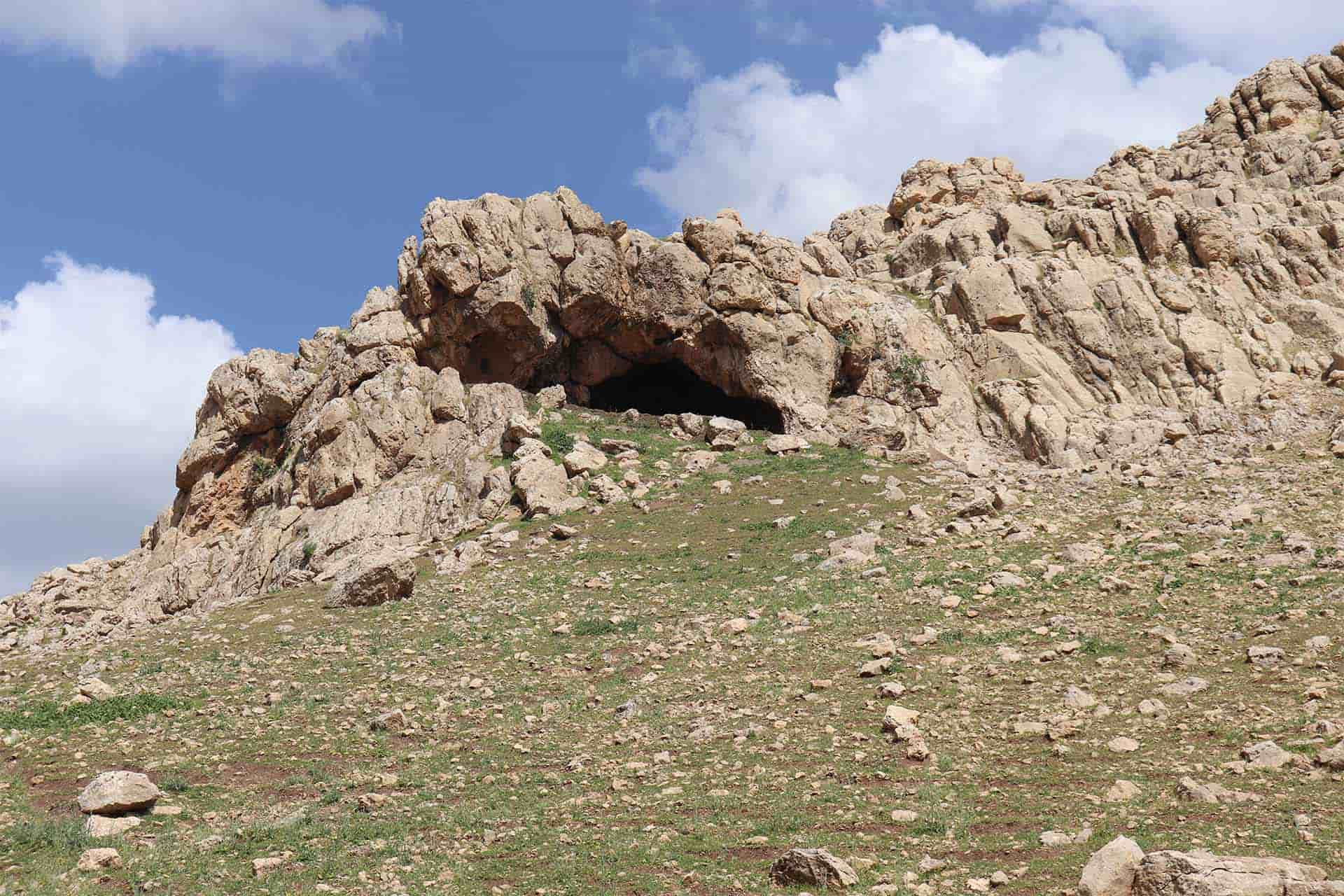
Overview of excavated areas at Ashkawta Rash:
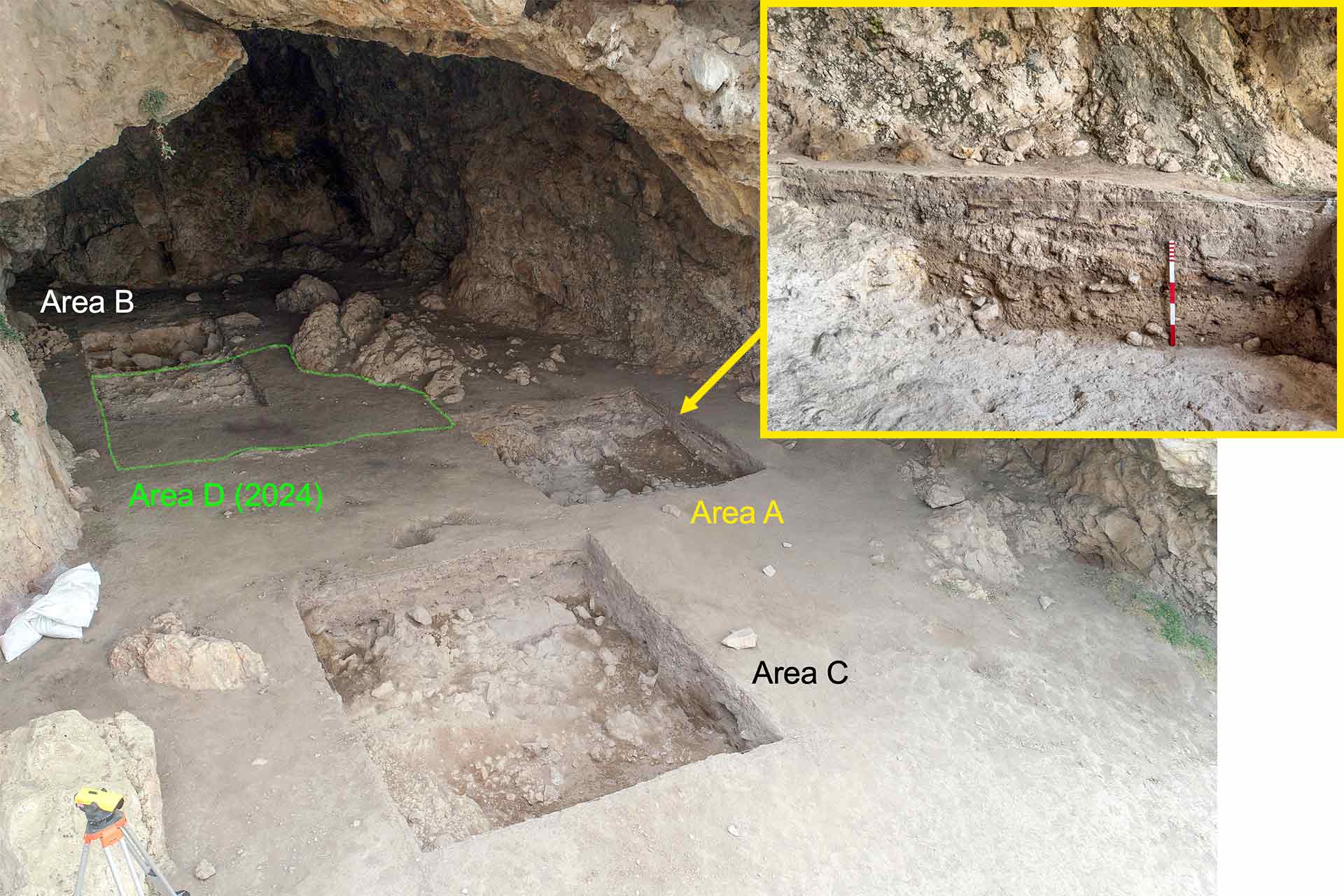
Area C, large grinding slab:
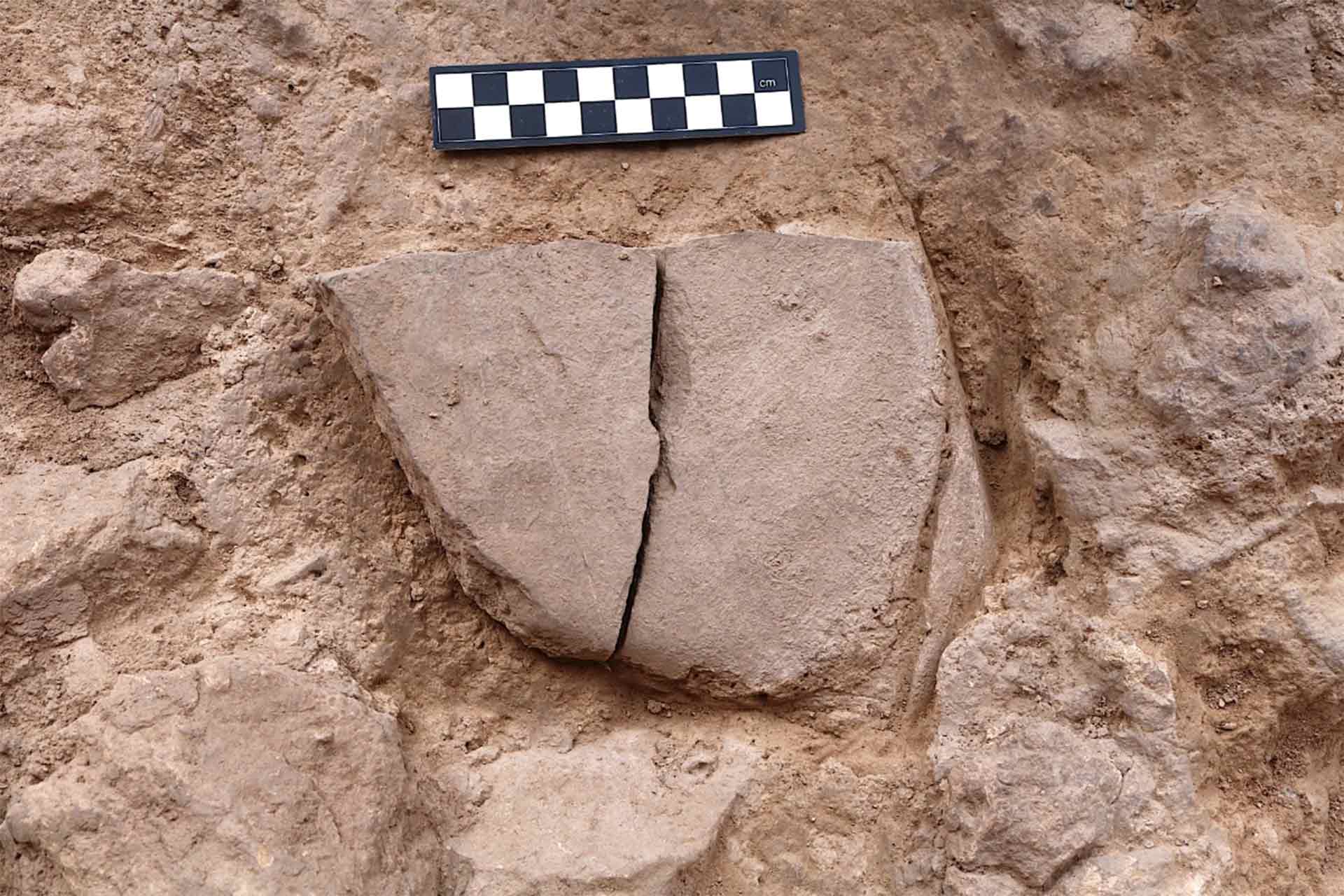
Large-scale, intensive sampling of soil from all layers excavated at Ashkawta Rash, and its systematic processing by machine-assisted water flotation has generated a very rich assemblage of charred plant remains, including almond and Pistacia nuts and wood as well as grasses, legumes and other plants gathered from the wild. Burnt bone from hunted animals (wild caprines, tortoise, etc.) was also found. The excellent charcoal preservation has enabled us to pursue an extensive programme of radiocarbon dating in collaboration with the Higham lab (University of Vienna, Austria) to determine more precisely the chronology of Ashkawta Rash and its relationship to Palegawra.
Flotation processing of soil samples from Ashkawta Rash:
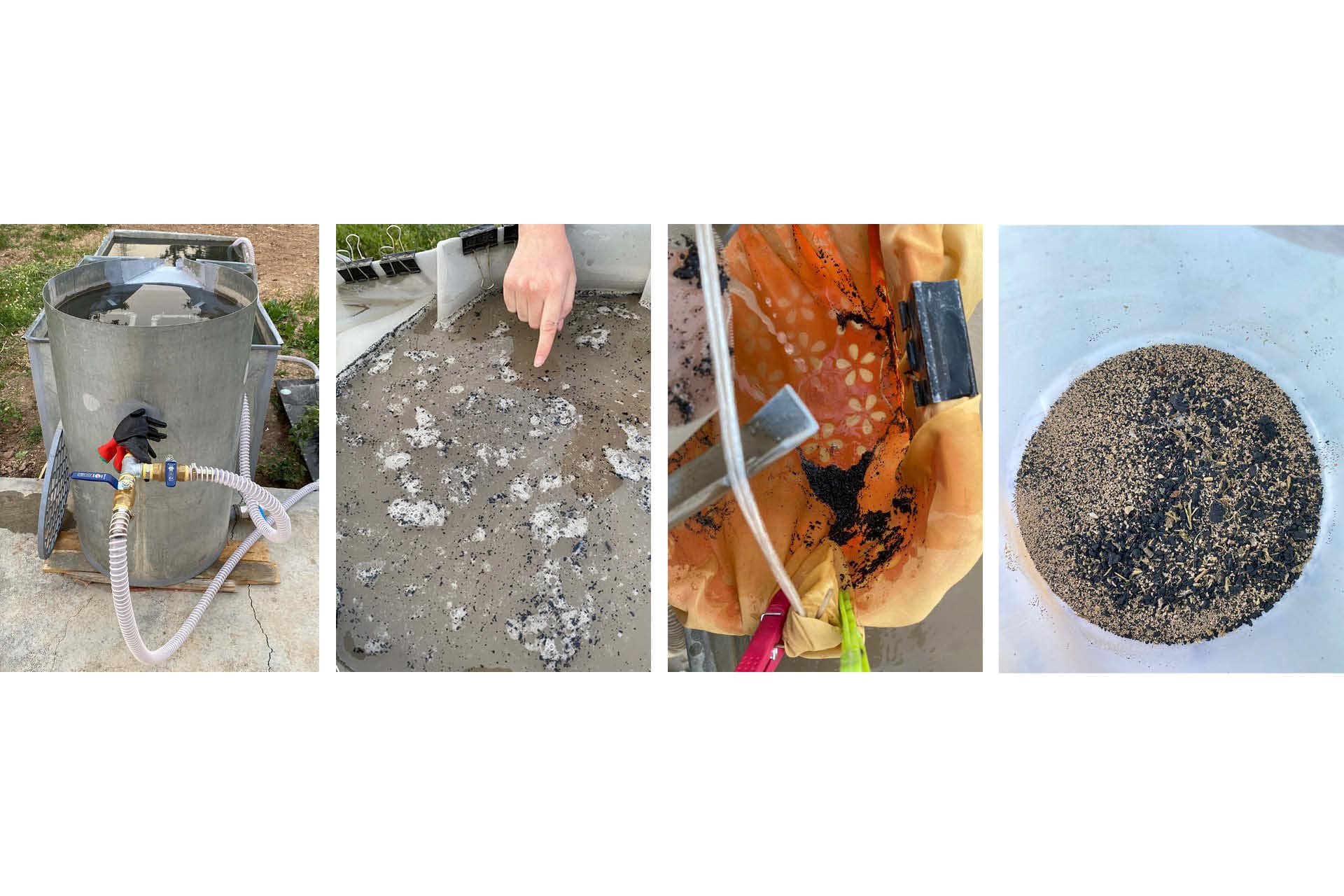
Kharaba Qara Chewar
The open site of Kharaba Qara Chewar was originally surveyed but not excavated by Robert Braidwood in the 1950s. The site is located on a gravel hill next to the upper Tauq Chai River, in the western part of the piedmont zone. From surface finds Braidwood dated the site to the early Neolithic.
General view of the Kharaba Qara Chewar hilltop:
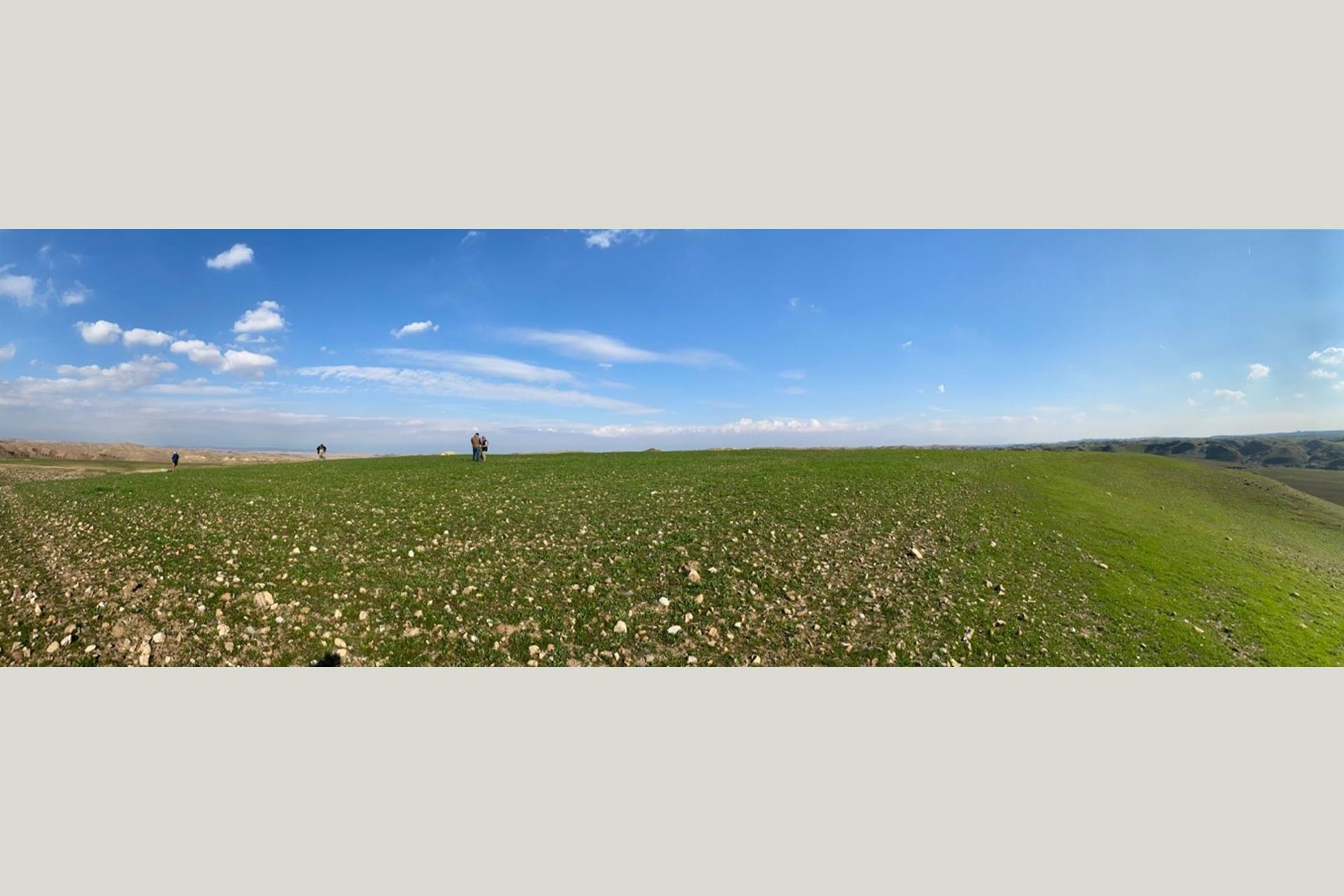
In 2024 we surveyed the top of the hill through a series of 3x3m squares for exploring artefact density and locating possible architectural remains and other habitation traces via surface scraping and sieving. The first results are encouraging in that they indicate that Neolithic archaeology is preserved at the site that is not overlain by later archaeology (as suggested by the complete absence of pottery and by the knapped and ground stone artefacts recovered).
Surface scraping and sieving of select 3x3m squares at Kharaba Qara Chewar:
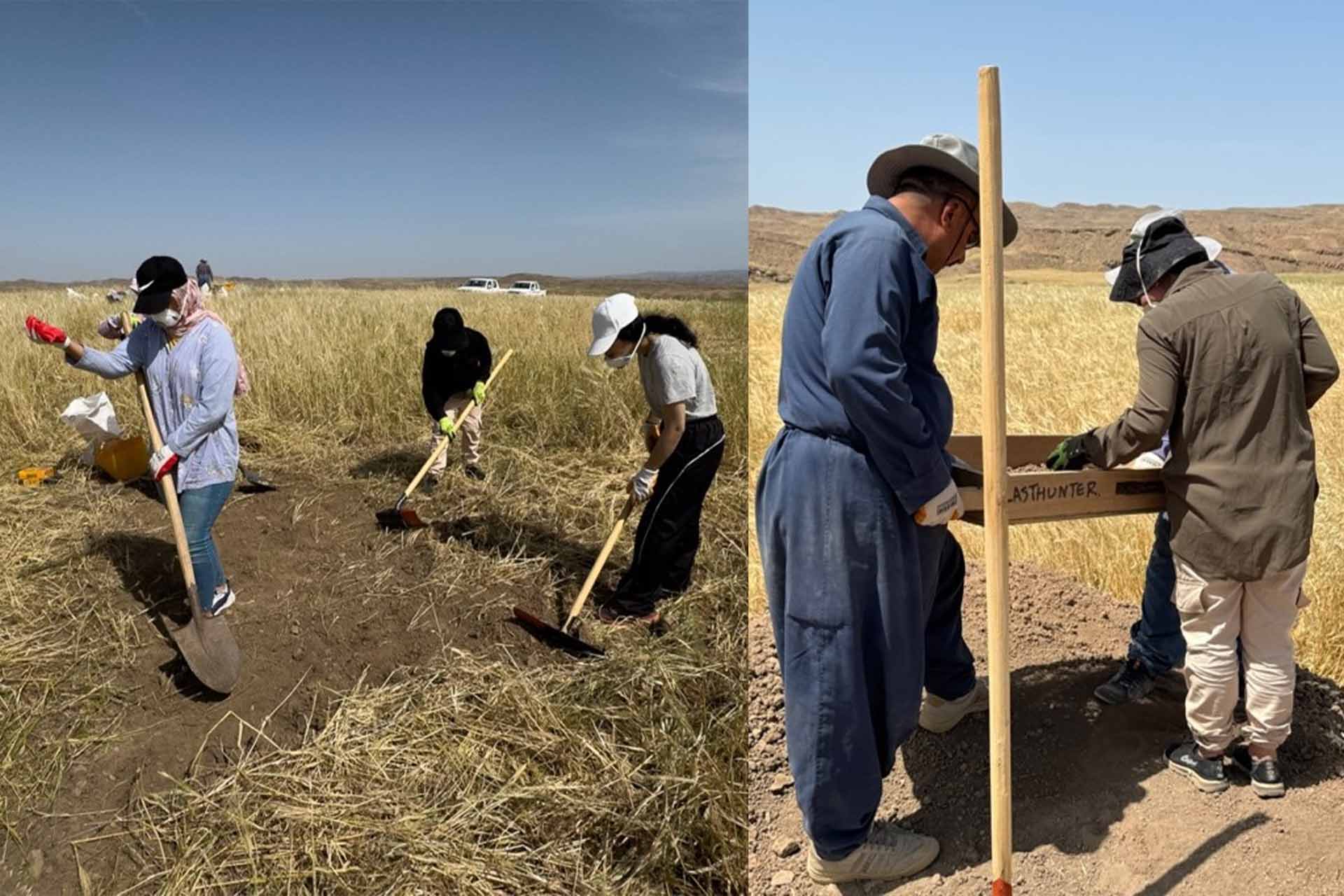
Outreach
During the 2024 season we held our first Open Day at Ashkawta Rash on 26 May 2024 with a presentation at the school of Alla Quli village in which the cave is located followed by a community visit and tour of the site for school pupils, teachers and their families. The project also maintains a bilingual (Kurdish-English) Facebook page.
Plans are in hand with the selection and preparation of materials (artefacts and photographic materials) from both sites that will be displayed at the Slemani Museum of Antiquities in Sulaymaniyah city.
Highlights of the Open Day held on 26 May 2024 at Ashkawta Rash:
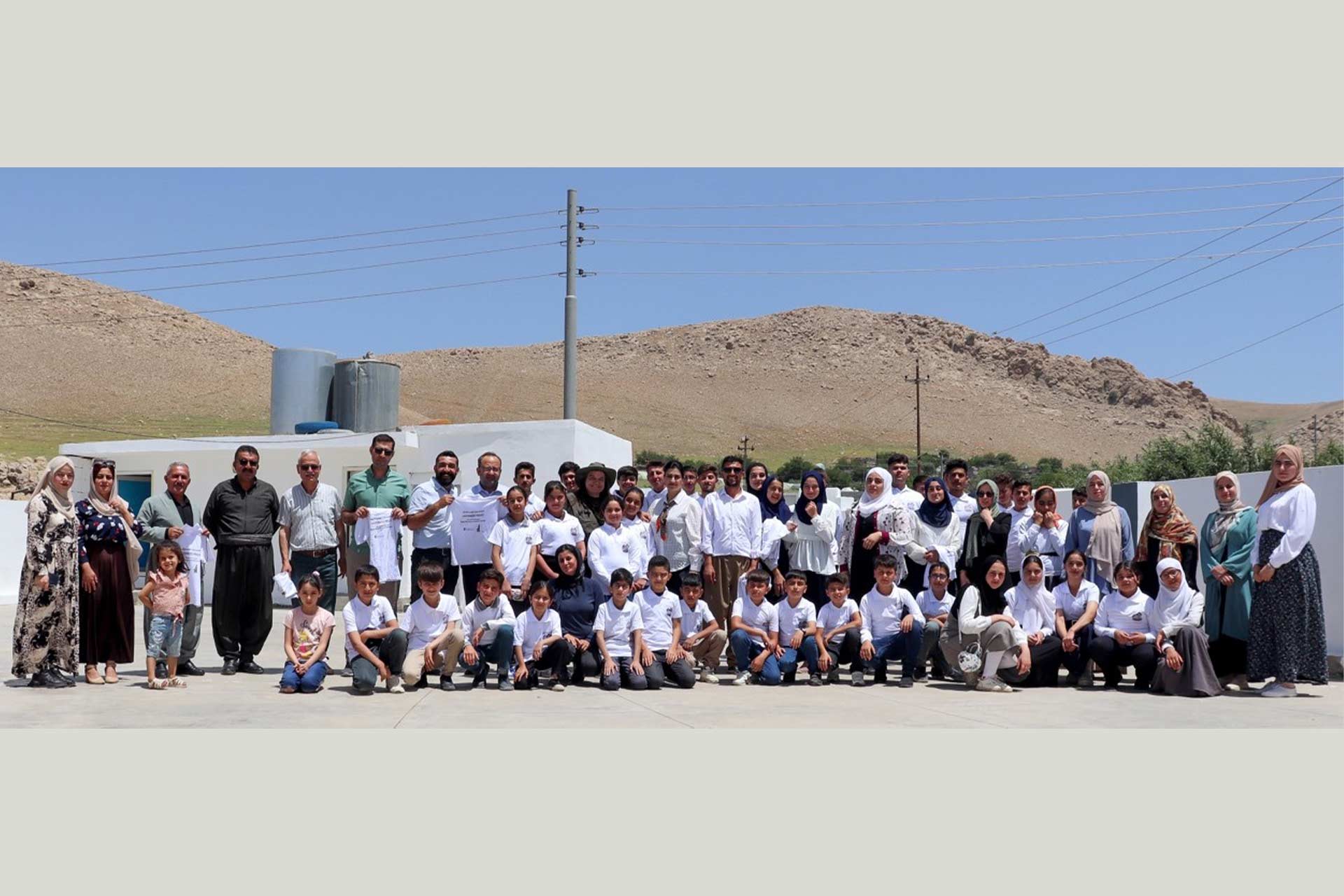

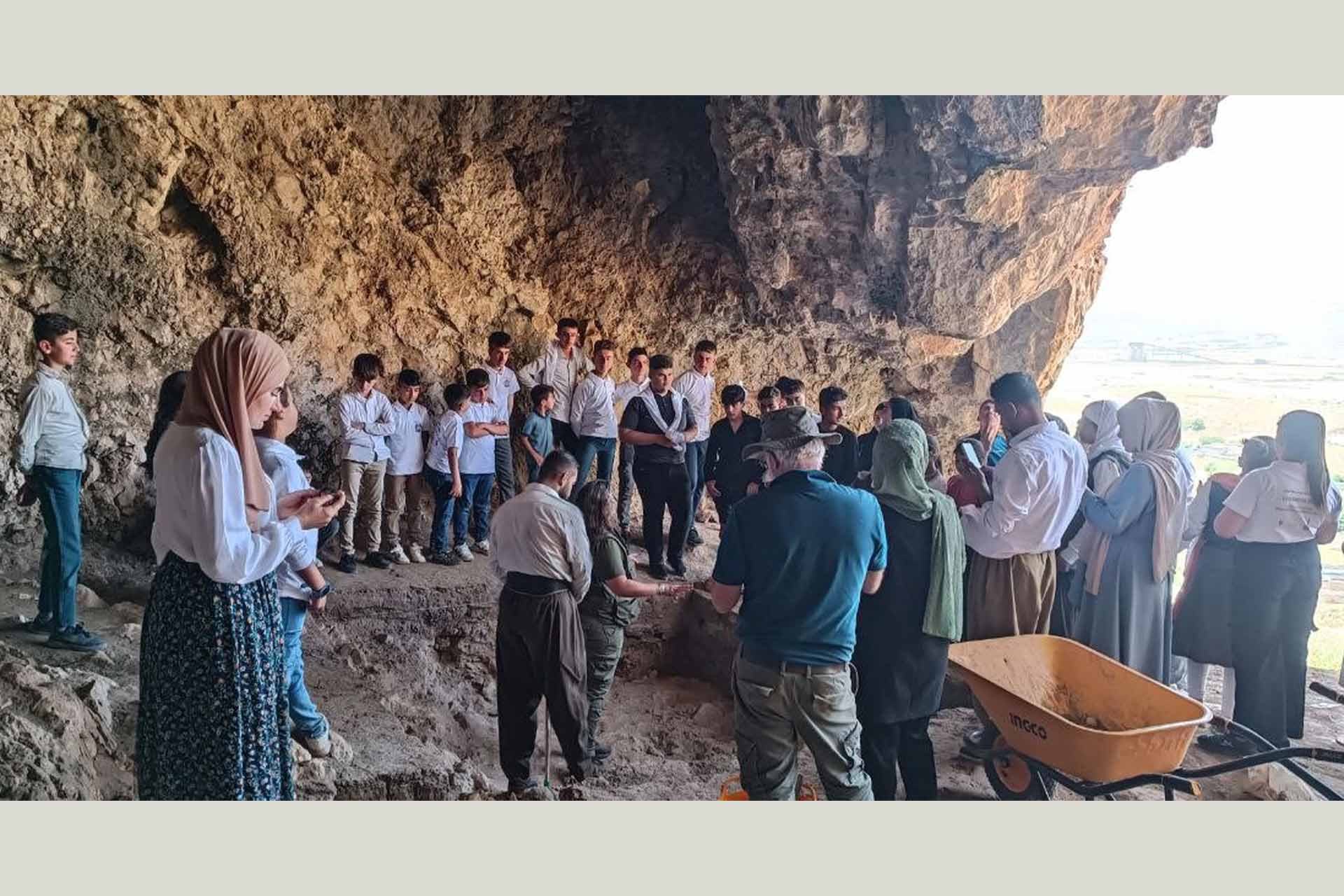
Dissemination
We are currently working towards publishing the results of the 2023-2024 fieldwork seasons at Ashkawta Rash (also including the new radiocarbon dates from the cave). All associated data will be released upon publication.
The results of our previous work at Palegawra were published in 2020 at PLoS ONE, alongside all associated data.
Asouti E., Baird D., Kabukcu C., Swinson K., Martin L., García-Suárez A., Jenkins E. and Rasheed K. (2020) The Zagros Epipalaeolithic revisited: New excavations and 14C dates from Palegawra cave in Iraqi Kurdistan. PLoS ONE 15(9): e0239564. https://doi.org/10.1371/journal.pone.0239564
Preliminary results of the LASTHUNTER project have been presented in 2 international conferences thus far:
- Annual Meeting of the British Association for Near Eastern Archaeology (BANEA) 3-5 January 2024, University of Glasgow, UK
-400x221.jpg)
- World Neolithic Congress 2024, 4-8 November 2024, Sanliurfa, Türkiye

Sponsors
- The Gerda Henkel Foundation (grant no. AZ 32/F/22)
- The British Institute for the Study of Iraq.
Project core team
- Eleni Asouti (University of Liverpool)
- Douglas Baird (University of Liverpool)
- Slemani Directorate of Antiquities & Heritage (Directorate representative: Amanj Ameen)
- Ceren Kabukcu (University of Liverpool)
- Louise Martin (University College London)
- Mabast A. Muhammad Amin (Garmian University, Sulaymaniyah)
- Lisa Yeomans (University of Copenhagen).
Acknowledgements
We are grateful to the following individuals and groups for their contributions to the project and their support:
- Kaify Mustafa Ali (Director, KRG General Directorate of Antiquities & Heritage, Erbil)
- Hashim Hama Abdulla (Director, Slemani Directorate of Antiquities & Heritage, Sulaymaniyah)
- Mohammed Nawshirwan Aziz (Head of Excavations & Survey Department, Slemani Directorate)
- Hussein Hama Gharib (former Director of the Slemani Directorate)
- Kamal Rasheed Raheem (retired Director of the Slemani Directorate)
- The Kurdish and foreign members of the LASTHUNTER field team
- The local community of Alla Quli.
